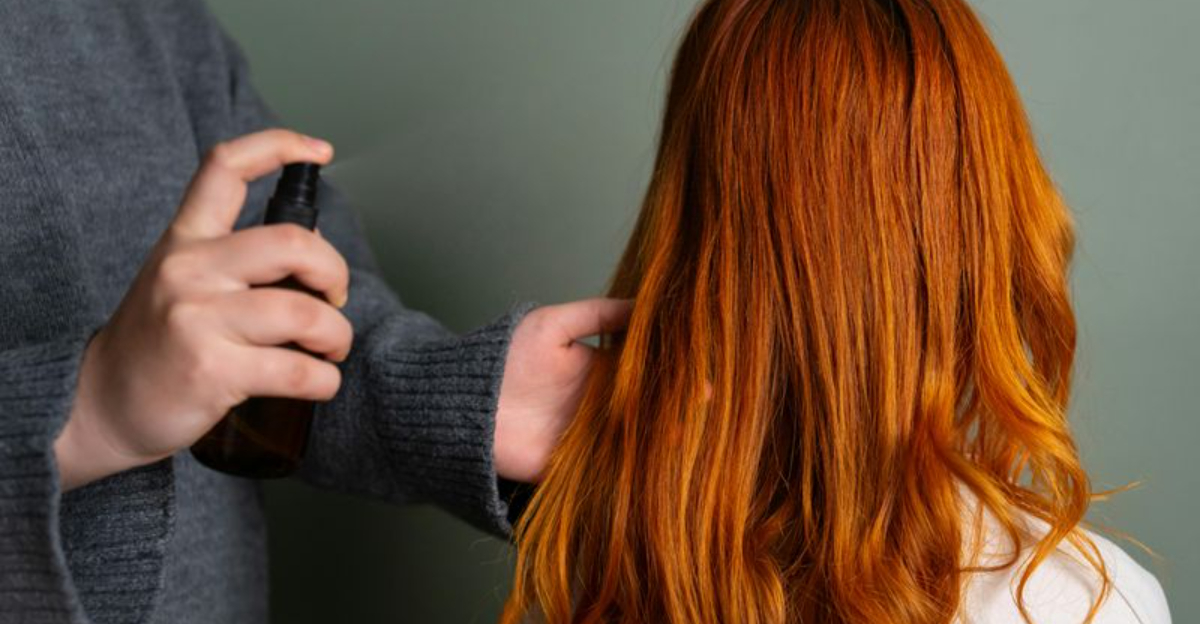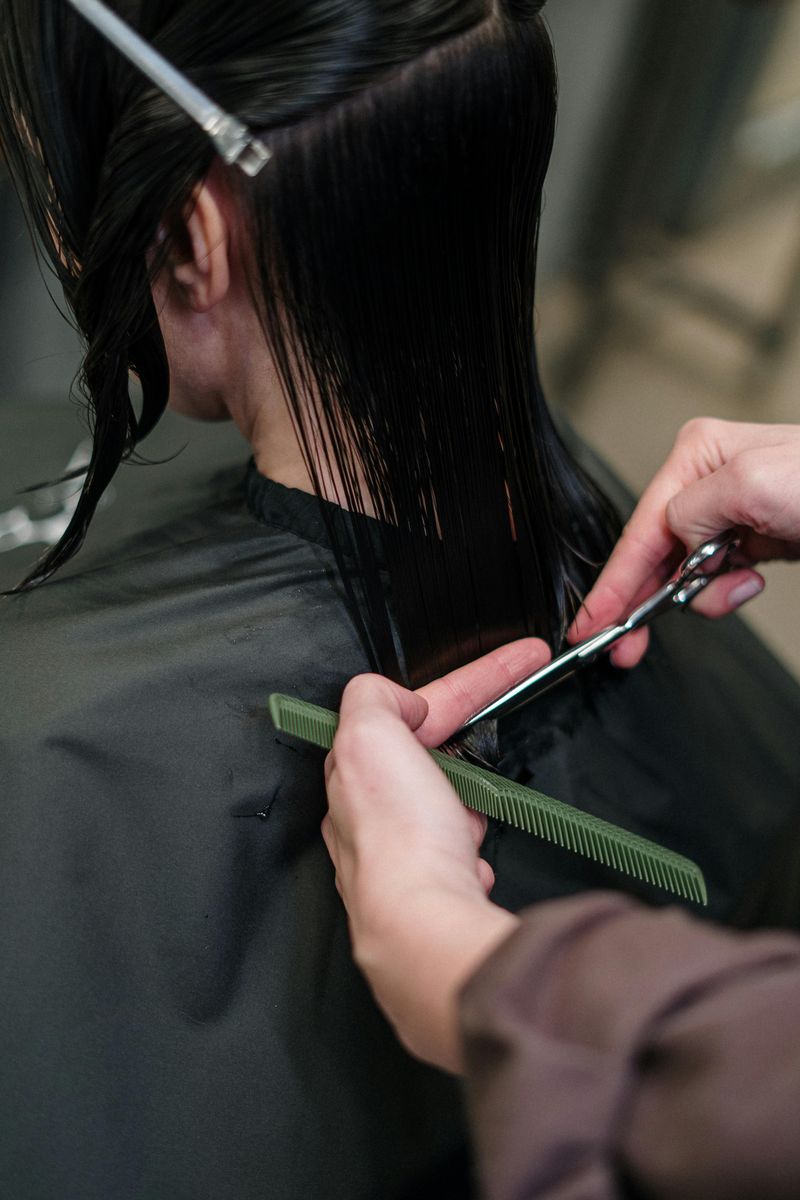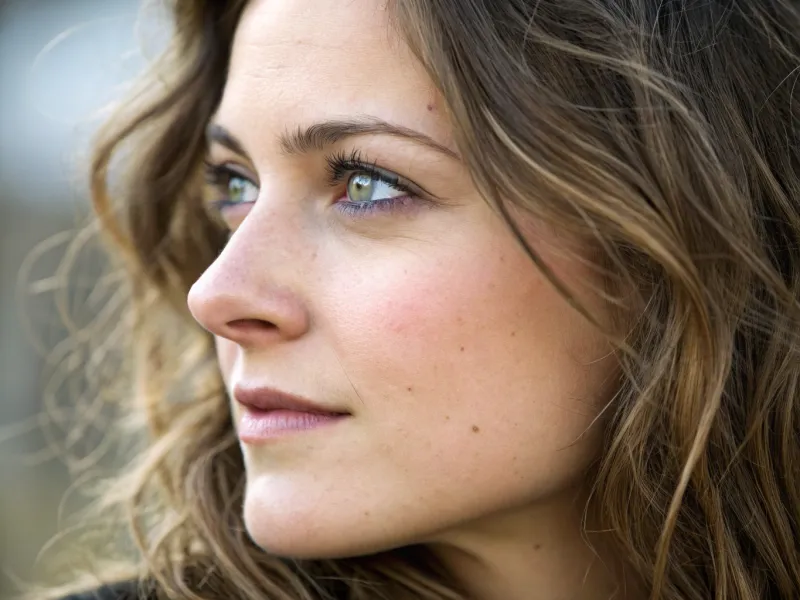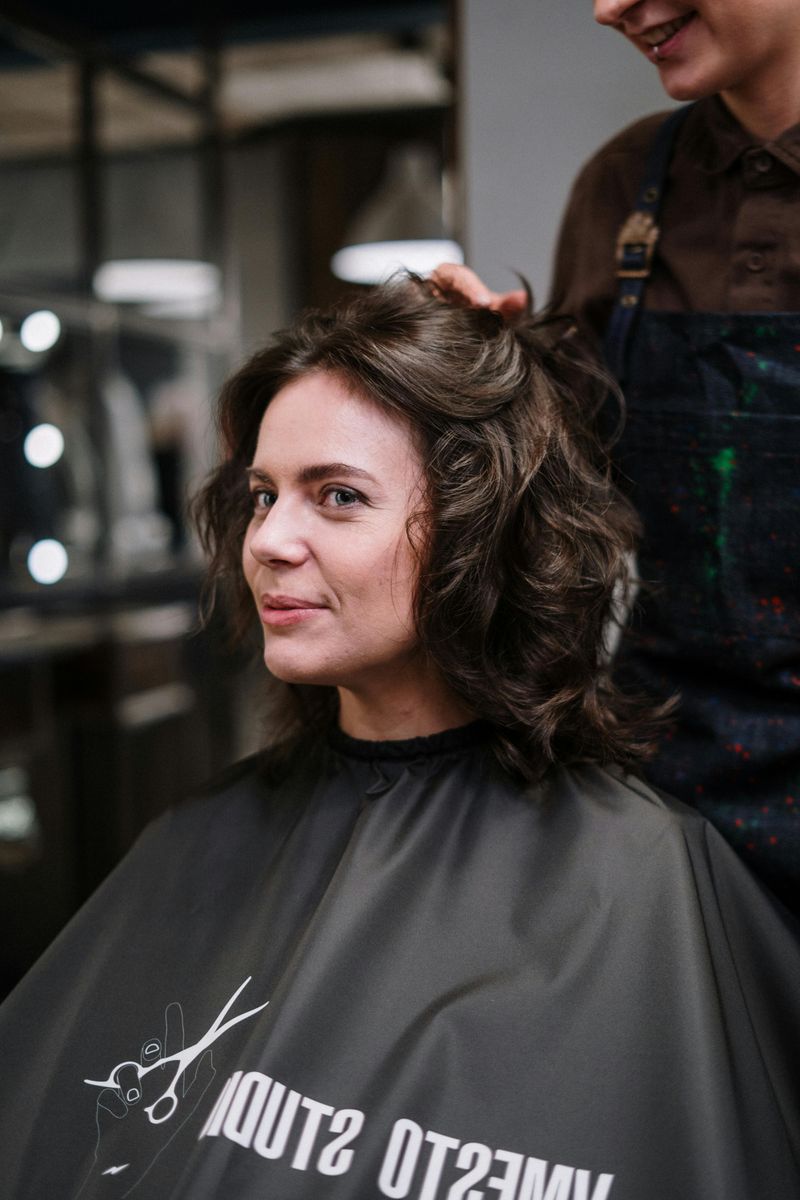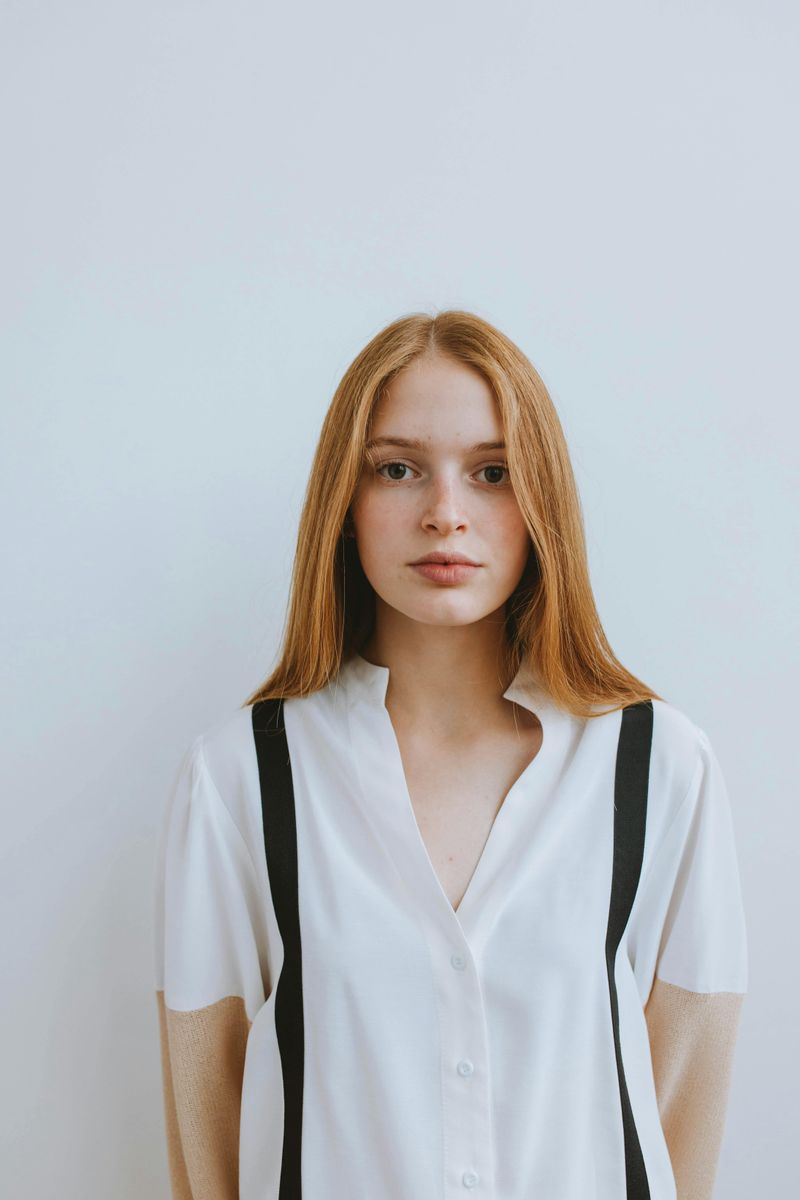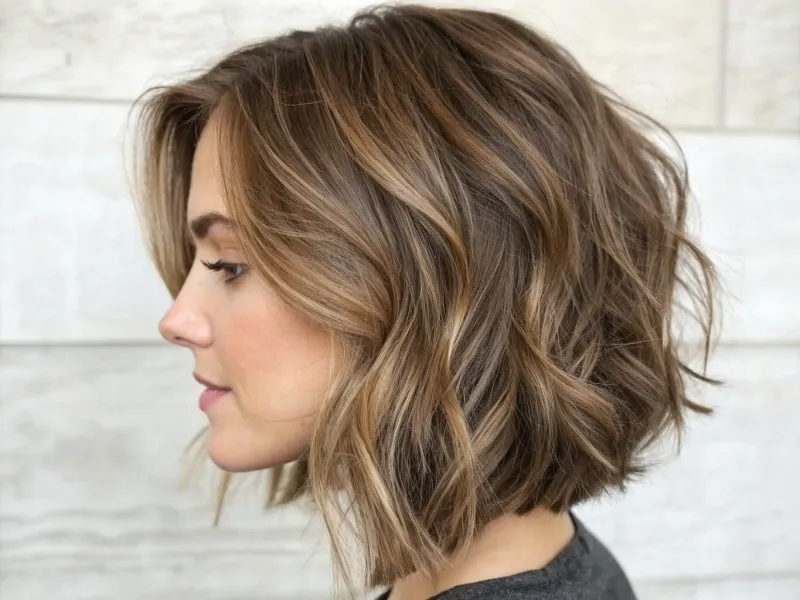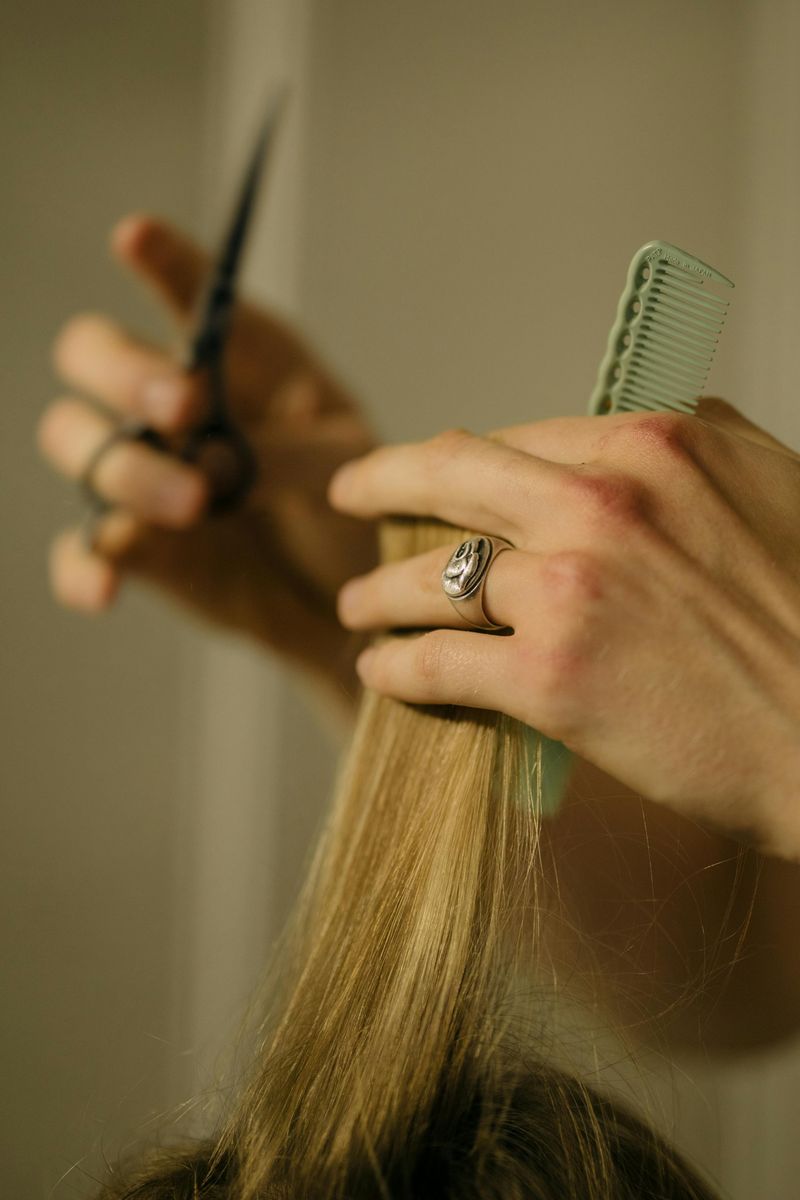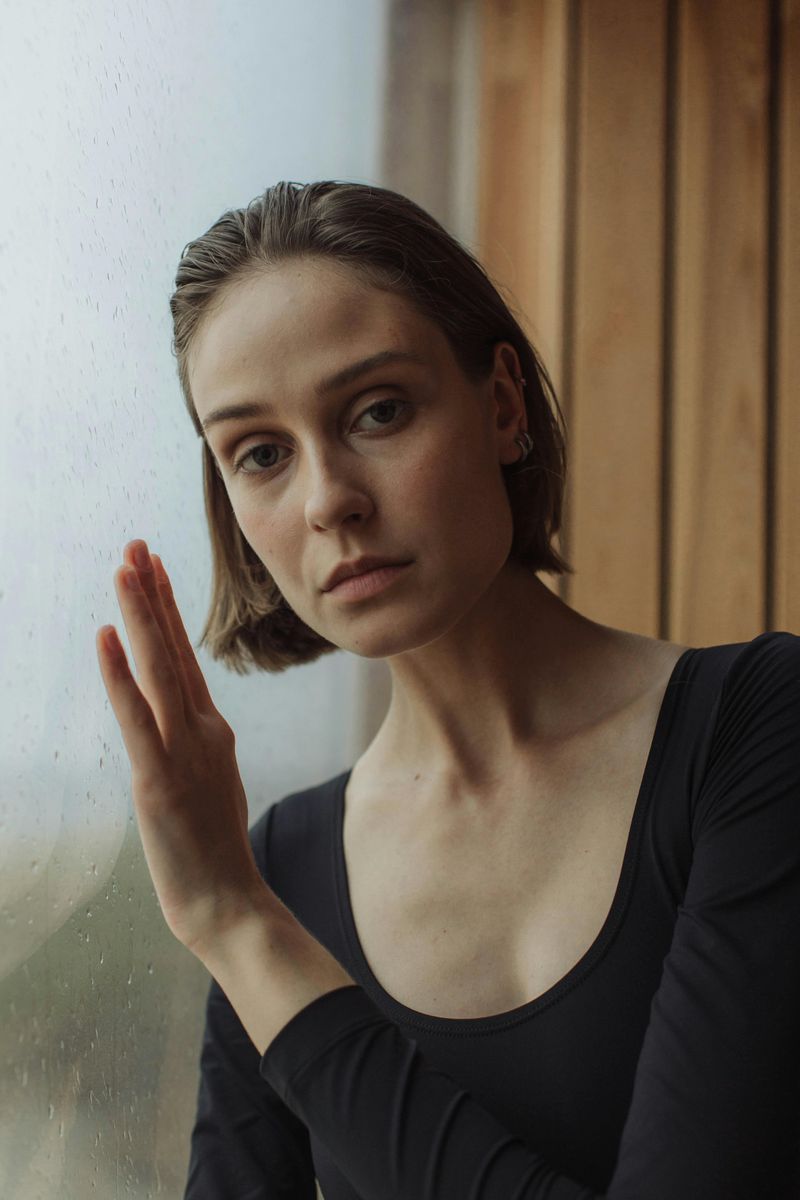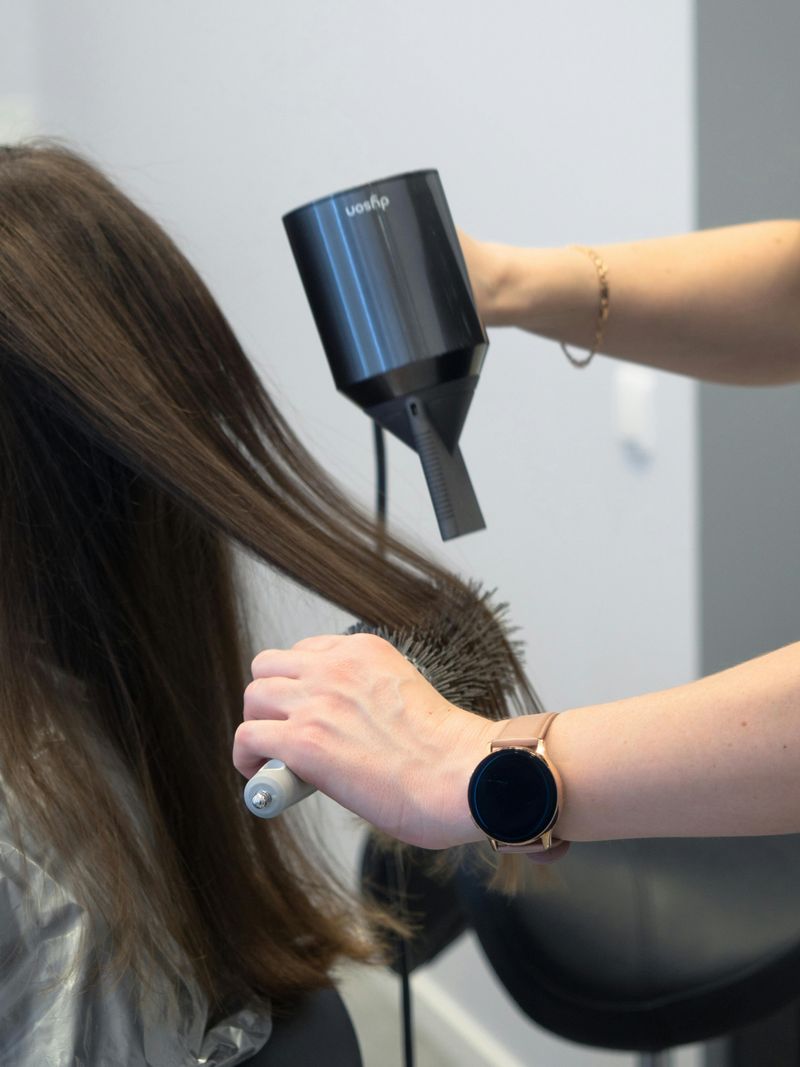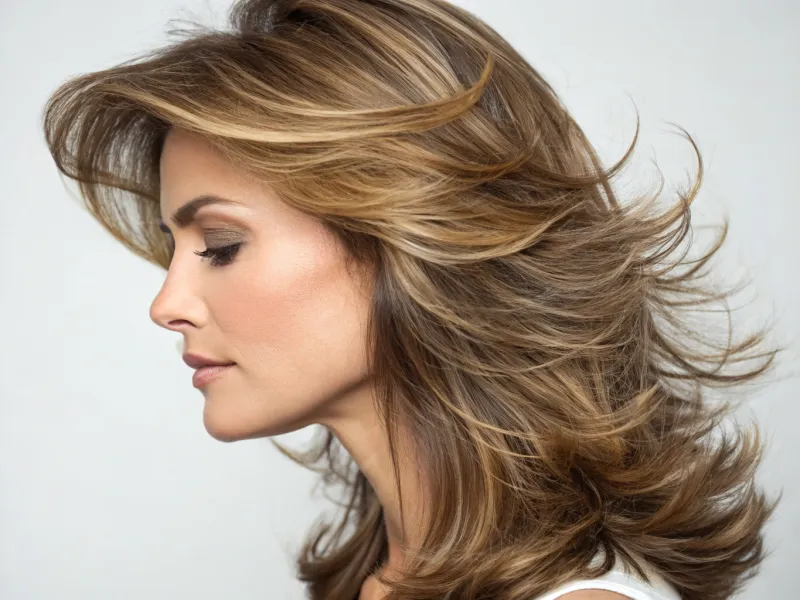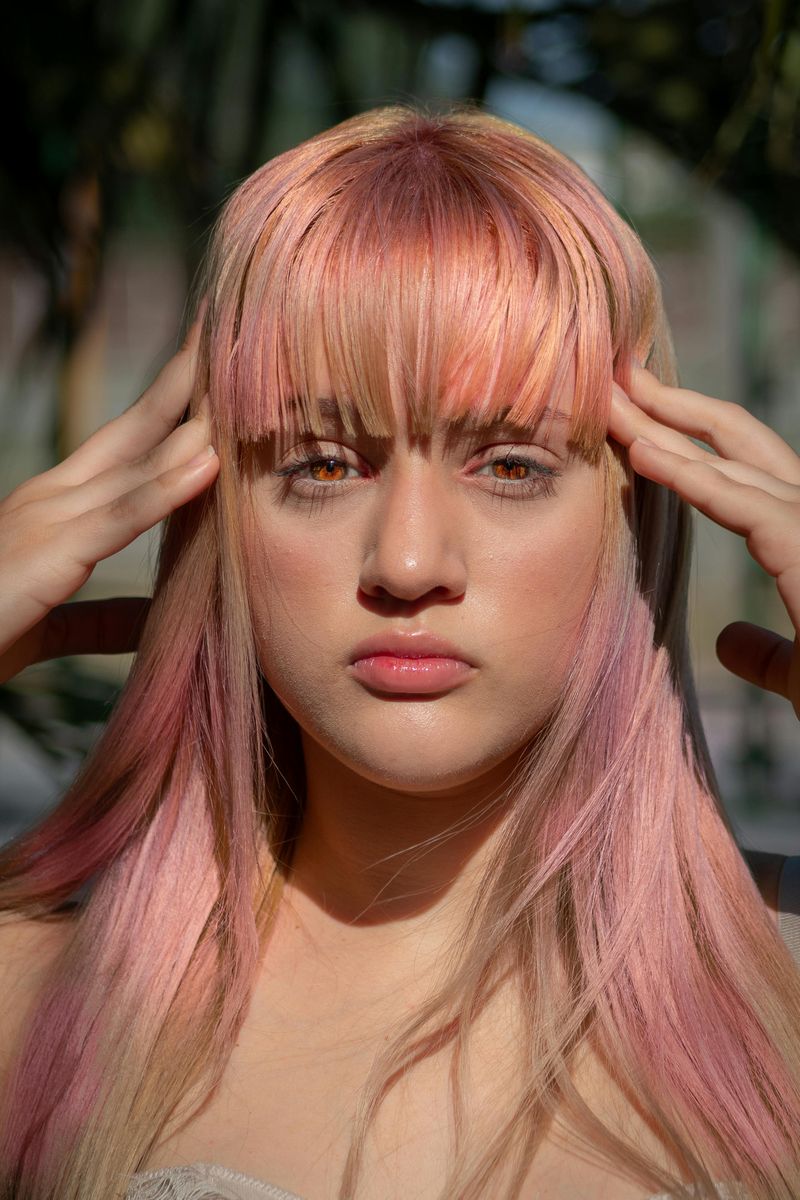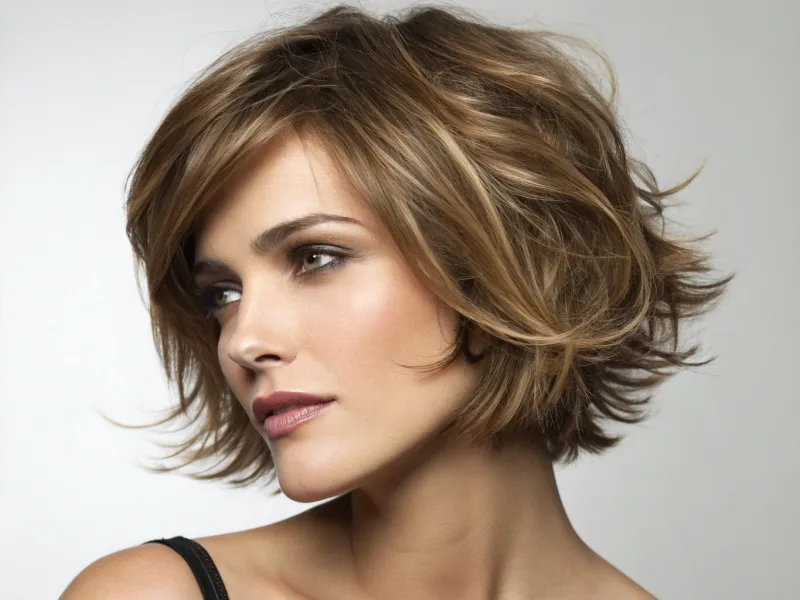Ever walked out of the salon feeling just ‘okay’ about your haircut? That small gap between a good cut and a truly great one often comes down to tiny details. Getting the perfect haircut isn’t just about choosing the right style – it’s about those little adjustments that make it uniquely yours. These simple tweaks can transform an everyday haircut into something that turns heads and boosts your confidence.
1. Ask for Point Cutting
Snipping into the ends of your hair at an angle creates movement and texture that straight-across cuts simply can’t achieve. This technique removes bulk while maintaining length, giving your hair a softer, more natural-looking finish.
Next time you’re in the chair, specifically request point cutting for your ends. The difference might seem subtle at first glance, but you’ll notice how your hair falls more naturally and blends better.
This approach works especially well for thick hair that tends to look boxy with blunt cuts, but even fine-haired folks can benefit from the textured effect it creates.
2. Consider Face-Framing Layers
Face-framing layers can instantly brighten your appearance by highlighting your best features. Even adding just a few strategic pieces around your face can create dimension and movement where it matters most.
These subtle layers draw attention to your eyes and cheekbones while softening angular features. The beauty of this approach is its versatility – it works with virtually any hair length or texture.
For maximum impact, ask your stylist to customize the shortest layer to hit at your most flattering facial point – typically somewhere between the chin and cheekbones for most people.
3. Texturize the Ends
Blunt ends can make even the most expensive haircut look heavy and outdated. Texturizing removes weight from the ends without sacrificing length, creating movement that looks effortlessly cool.
Your stylist can use special texturizing shears or a razor to achieve this effect. The result? Hair that moves naturally and doesn’t sit in a helmet-like shape around your head.
This technique works magic for thick hair that tends to poof out, but even fine-haired folks benefit from the added dimension and volume that texturized ends provide. Plus, texturized ends are more forgiving as they grow out.
4. Perfect Your Part
The humble part line might be the most overlooked element of a great haircut. Switching from a middle part to a side part (or vice versa) can completely transform your look without cutting a single extra strand.
A deep side part adds volume and drama, while a center part creates symmetry and a modern vibe. For thinning hair, a zigzag part cleverly conceals sparse areas by distributing hair more evenly.
Experiment during your next salon visit by asking your stylist to show you different parting options. The right part works with your natural growth pattern while flattering your face shape.
5. Embrace Subtle Graduation
Graduation isn’t just for layered cuts – even one-length styles benefit from this technique. By subtly shortening the underneath sections of hair, your stylist creates built-in volume and movement that looks natural, not choppy.
This hidden structure gives hair a lifted appearance without obvious layers. The magic happens because graduated cuts remove weight from strategic areas, allowing the hair to move freely instead of hanging lifelessly.
For fine hair, minimal graduation prevents the dreaded flat look. For thick hair, more pronounced graduation prevents the triangle effect where ends appear wider than the top.
6. Request Dry-Cutting Finishing
Most stylists cut hair wet, but magic happens when they fine-tune your cut while it’s dry. Dry-cutting as a finishing technique allows your stylist to see exactly how your hair falls naturally and make micro-adjustments for perfect balance.
Hair shrinks as it dries, sometimes unevenly, which can reveal imbalances invisible during the wet-cutting phase. A few strategic snips on dry hair ensure your cut looks polished from every angle.
This approach is particularly valuable for curly and wavy hair types, where wet cutting alone can lead to unpredictable results. Even straight-haired folks benefit from this personalized fine-tuning.
7. Customize Your Neckline
The shape of your neckline dramatically impacts how polished your cut appears from behind. Three main options exist: squared, rounded, or tapered – each creating a distinctly different effect.
A squared neckline looks crisp and structured, ideal for bob haircuts and shorter styles. Rounded necklines create a softer, more feminine look that works beautifully with medium-length cuts. Tapered necklines gradually become shorter toward the center, creating a slimming effect perfect for thick hair.
Talk with your stylist about which neckline best complements your hair texture and personal style. This often-forgotten detail makes a huge difference in your overall look.
8. Add Invisible Layers
Unlike traditional layers that create obvious steps in your hair, invisible layers remove bulk without changing your hair’s outer appearance. This technique involves cutting subtle, internal layers that are completely hidden when your hair is worn down.
The result? Hair that moves beautifully and feels lighter without looking obviously layered. Your stylist achieves this by point-cutting into the interior sections of your hair rather than creating distinct layer lines.
This approach works wonders for thick, heavy hair that needs movement without sacrificing length. Even fine hair benefits from the added volume and texture that strategic invisible layers provide.
9. Balance Your Weight Distribution
Hair weight distribution makes or breaks a haircut. When weight is concentrated in the wrong areas, your style can fall flat or poof out unattractively. A skilled stylist adjusts weight distribution based on your hair’s natural tendencies and growth patterns.
For instance, removing weight from the ends of thick hair prevents the dreaded triangle shape. Adding weight to the crown area of fine hair creates the illusion of fullness where needed most.
During your consultation, discuss where your hair naturally tends to be heavy or flat. This conversation allows your stylist to strategically remove or maintain weight in key areas for a perfectly balanced cut.
10. Fine-Tune Your Fringe
Bangs frame your face and draw attention to your eyes, but they need precision to truly flatter. The difference between good and great bangs often comes down to customizing their weight, length, and connection to the rest of your cut.
Textured, piece-y bangs create a modern, effortless look while solid, blunt bangs make a stronger statement. Your face shape and hair texture determine which approach works best – oval faces can wear virtually any style, while heart-shaped faces benefit from side-swept or curtain bangs.
For maximum flattery, bangs should be cut dry and styled as you’ll wear them daily. This ensures they’ll look great in real life, not just in the salon chair.
11. Soften Your Perimeter
The outer edge of your haircut – known as the perimeter – determines whether your style looks harsh or soft. Blunt perimeters create strong, graphic lines while softened edges blend more naturally with your features.
Even if you love a clean, one-length cut, having your stylist slightly texturize just the very ends creates movement without sacrificing the overall shape. This subtle technique prevents that fresh-cut look that sometimes appears too perfect and unnatural.
For softer perimeters, ask your stylist to point-cut or razor the very ends of your hair. This creates a lived-in finish that looks intentional rather than grown-out, and helps your cut look better longer between appointments.
